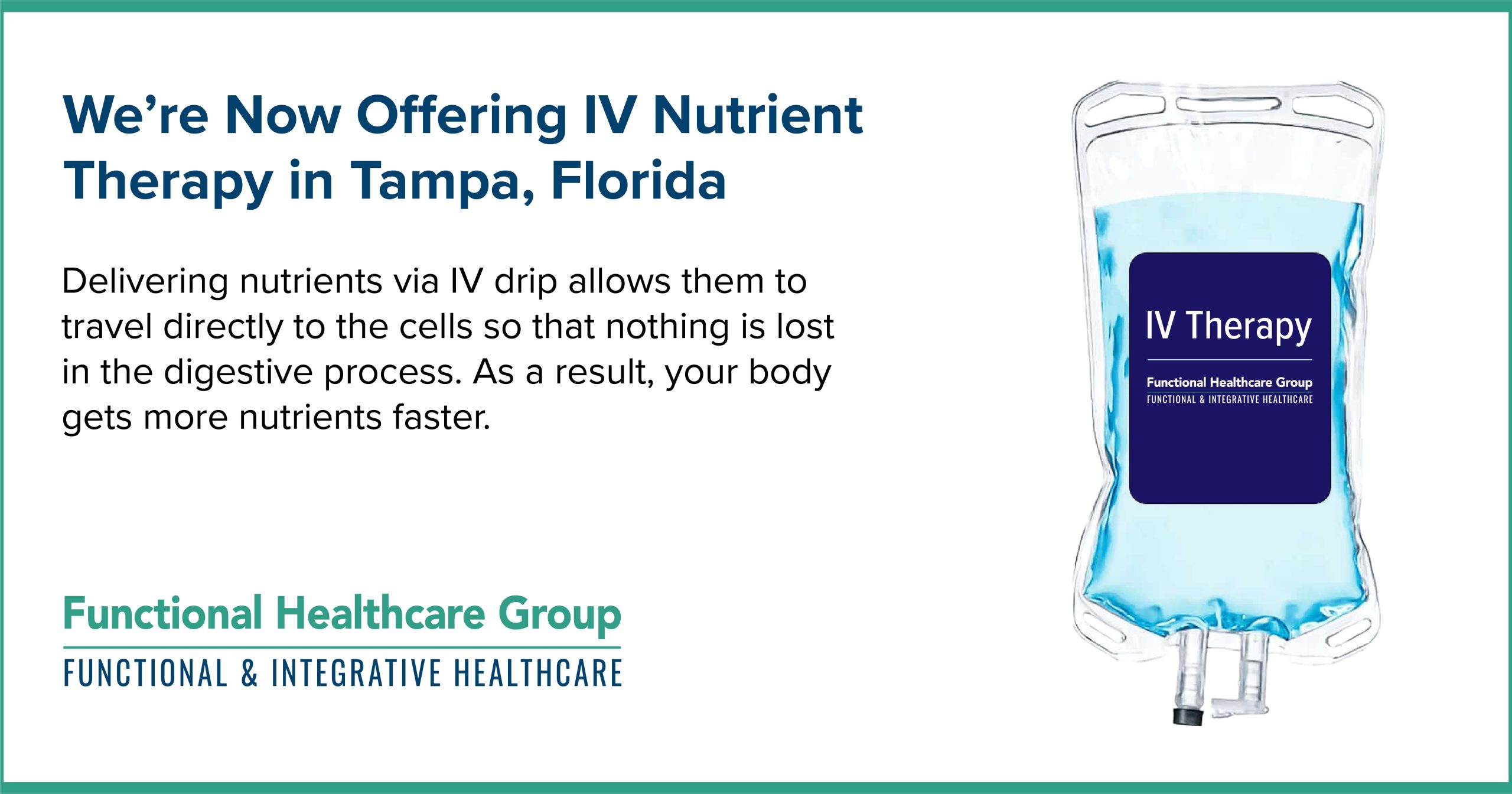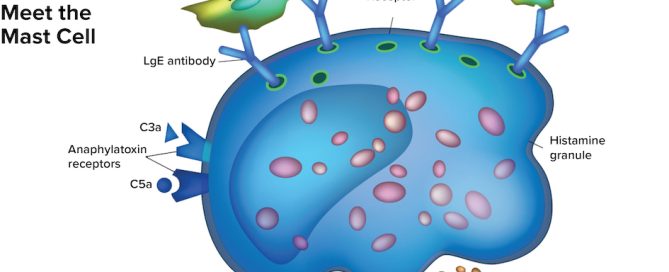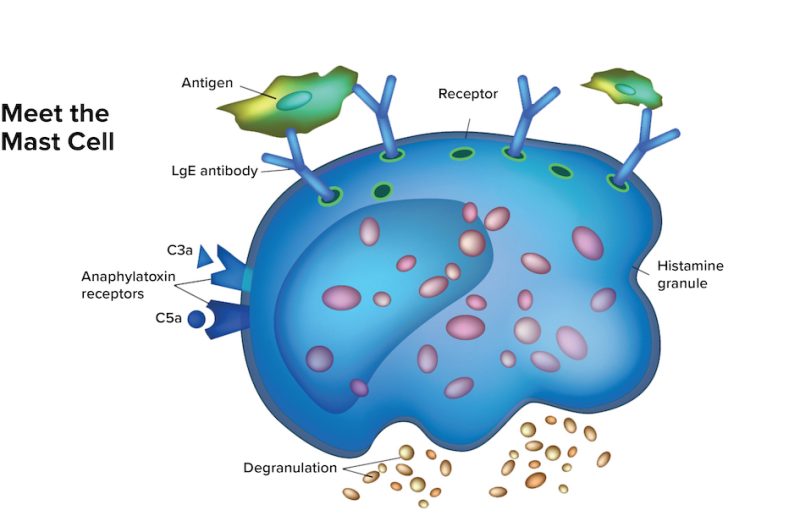We’re Now Offering IV Nutrient Therapy in Tampa, Florida
PROVOKE Health (formally Functional Healthcare Group, and still Dr. Matt Lewis’ healthcare practice) is now offering medically supervised IV nutrient therapy for its patients and select walk-ins in Tampa / South Central Florida. But what does that mean exactly? Let’s unpack that statement to find out.
Functional medicine is a patient-centered healthcare model that seeks to identify and treat the root cause(s) of chronic illness all the way down to the cellular level. Medically supervised IV nutrient therapy delivers vitamins, minerals, and other nutrients directly through the bloodstream to cells throughout the body to optimize their health and function.

Delivering nutrients via IV drip allows them to travel directly to the cells so that nothing is lost in the digestive process. As a result, your body gets more nutrients faster.
By improving and then leveraging your body’s natural ability to fend off illness and repair health, we’re able to successfully treat a variety of health conditions that other doctors’ offices choose to ignore, don’t test for, or don’t know how to treat. IV nutrient therapy, when incorporated into a handcrafted plan of care, plays a key role in restoring health by providing the body the essential micronutrients it requires for optimal function.
When you’re grappling with acute or chronic illness, the efficiency of a nutrient-packed IV may turbocharge the healing process. By directly targeting the affected cells with a concentrated blend that addresses your specific needs, we jumpstart the healing process, enabling your body to respond promptly to treatment. Each IV is carefully formulated to address your health history, symptoms, and desired health and fitness objectives.
Our IV Nutrient Therapies
Currently, we are offering the following IV nutrient therapies: Continue reading…





